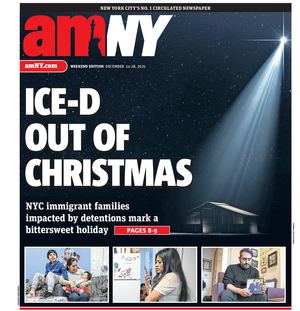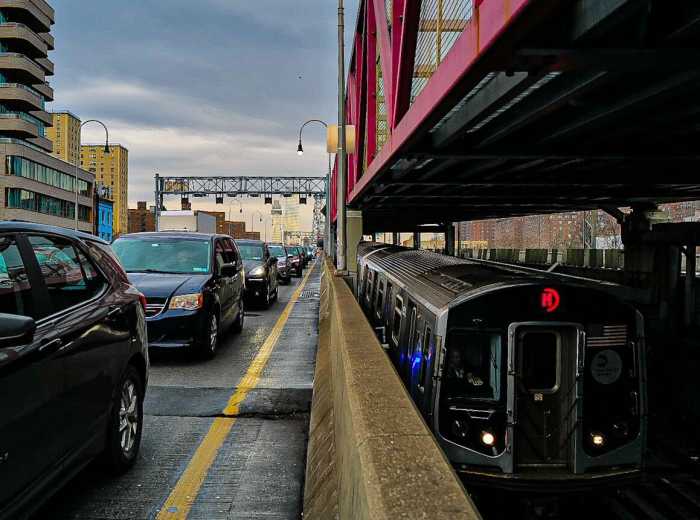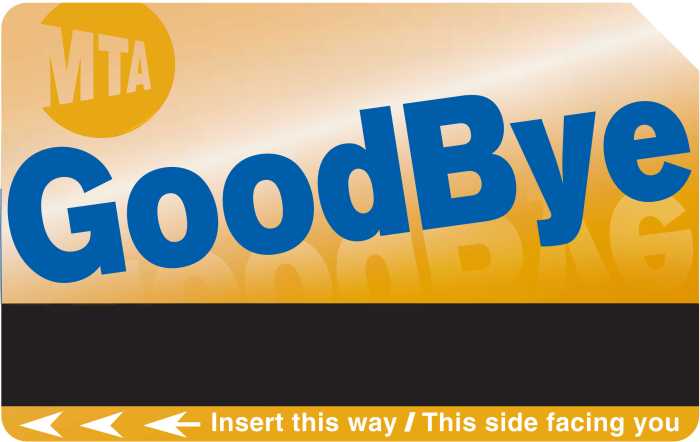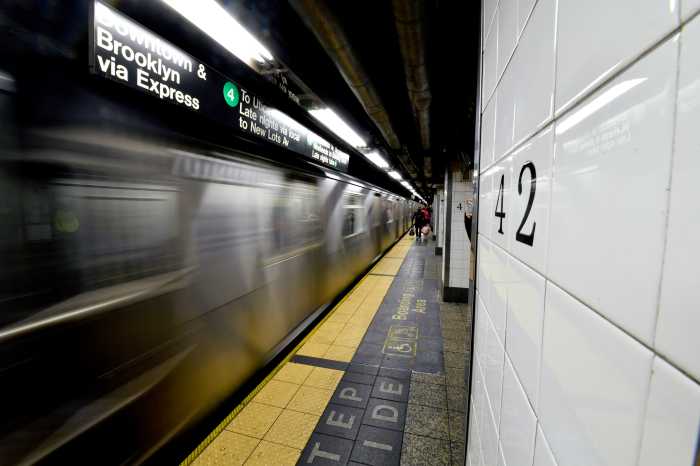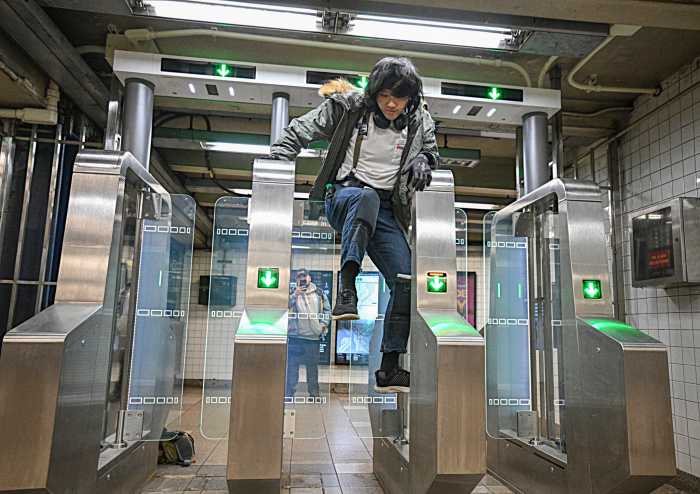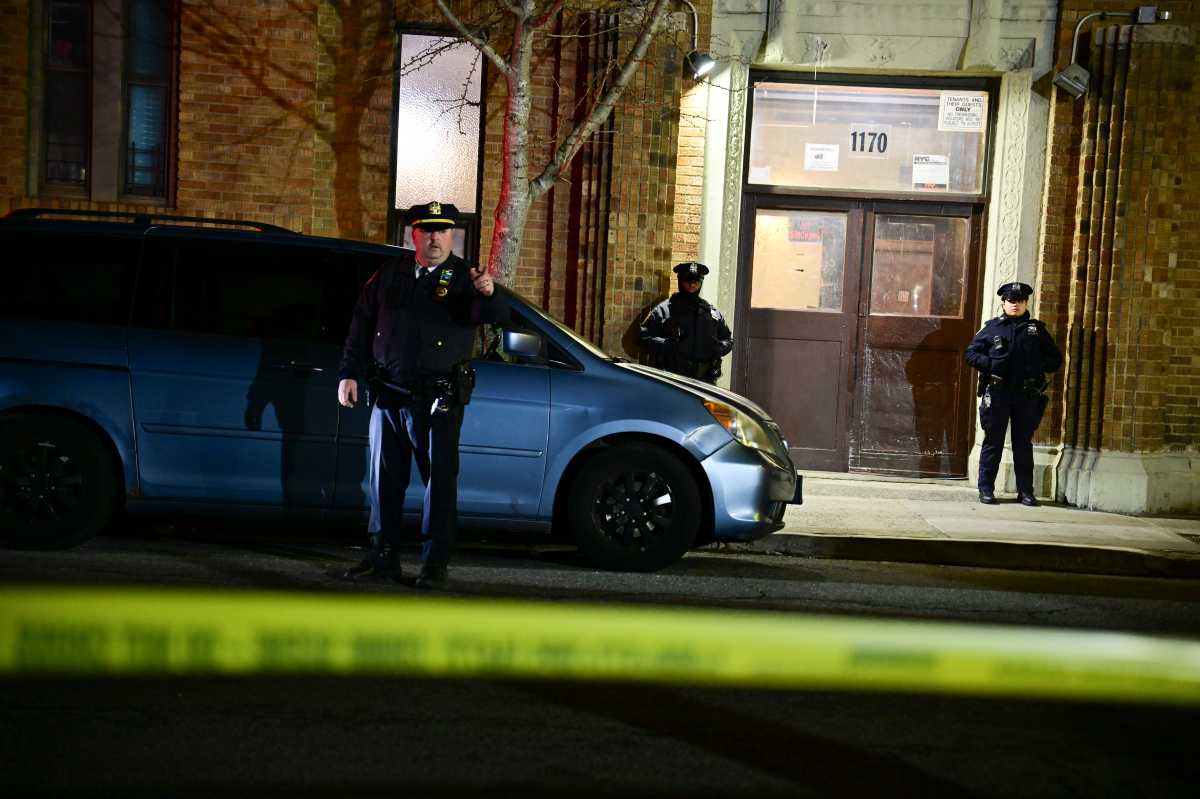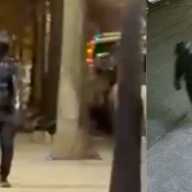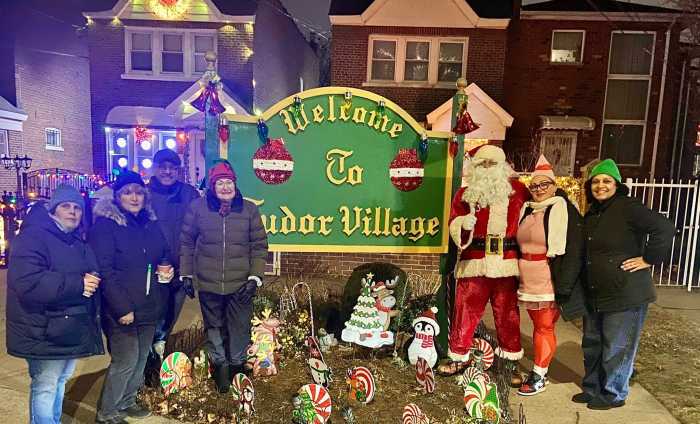New Yorkers aren’t bussing it as they once did, as ridership drops on lines around the city, even on the speedier Select Bus Service, according to MTA statistics.
The drop off in riders in most of the boroughs, attributed by transit officials to traffic congestion and fare hikes, is a stark contrast to record subway ridership that has the MTA and an aging system struggling to keep up.
There were 162,385 fewer daily bus riders in the city last year compared to 2009, when average weekday ridership was 2.2 million a day. Tens of thousands have been ditching the bus in Brooklyn and Manhattan, while there were modest gains on Bronx and Staten Island routes; Queens had a small decline in ridership, according to the MTA figures.
“The traffic makes it worse,” said Arnelio Cortes, 59, from Washington Heights.
As a freelance interpreter of Spanish and Portuguese for government agencies and family court, Cortes has to travel to neighborhoods around the city that makes him rely on buses.
“I would like to see more steady service,” Cortes said. “Sometimes, two or three come at the same time.”
At an M15 stop on Second Avenue in midtown, Bridget Sheehy, 31, said she’ll take the bus if one arrives as she walks to her destination, but still finds the ride too slow.
“Sometimes I feel walking is quicker than taking the bus,” she said, moments before hopping into a yellow cab before the bus could arrive.
Gene Russianoff, an attorney for the Straphangers Campaign, said bus riders generally hop on for their “discretionary” travel — errands or visiting a friend, for example — along with getting to a subway station.
“You have to take a book and not be in a big hurry,” said Russianoff, whose group puts out annual awards for bad bus service.
Select Bus Service was supposed to change that. These fast bus routes have timesaving features like dedicated lanes, off-board fare payment and more ways for people to enter and exit.
But traffic and road work has been bogging down service, even on the Select Bus routes that have dedicated lanes.
Transit and community officials tout Select Bus Service as a way to encourage more ridership. But the M15 route on First and Second avenues that added SBS in October 2010 has lost riders over recent years. Average weekday ridership last year dropped to 49,597 — an 8.7% decrease from 2013 and nearly 6,300 fewer riders than 2011, when buses on the route moved 55,859 people an average weekday.
The Select Bus routes in the Bronx that have gained riders are a bright spot for the new service.
MTA spokesman Kevin Ortiz said fare increases cause a drop in bus ridership. And as subway and job growth are tightly linked, an improving economy does not mean more bus riders. Those who only use the bus are more likely to be older and poorer, with a median income of $39,600, than those who use the subway as well, according to a 2014 MTA survey.
The culprit for poor service is street construction, like Second Avenue subway work along the M15 line, road reconstruction on Brooklyn’s Nostrand Avenue and the “curb bulbs” being built on 34th Street that will ultimately allow M34 buses to pull in and out of a stop faster, according to Ortiz.
Still, some Select Bus Service routes have been shedding fewer riders than the local buses, like the M15 SBS, which lost 4% of riders between 2011 and 2014, compared to the 13% drop in riders on the eight local north-south routes, according to Ortiz.
The city Department of Transportation already gives traffic signal priority to the M15 Select Bus Service south of Houston Street, Fordham Road SBS in the Bronx and Staten Island’s Victory Boulevard, according to officials. Four more routes — Nostrand Avenue, Hylan Boulevard, Webster Avenue and Utica Avenue — will get signal priority by the end of the year at the earliest, according to the DOT.
MTA board member Andrew Albert said some SBS features, like paying for a ride on the street while you wait, should be brought to local service.
“The MetroCard dip, people read it on the screen — that’s five or six seconds,” he said. “You got two, three or four minutes of dwell time at a busy stop.”
“We got to make the buses move better,” he added.
But riders don’t have to wait around for officials to improve bus service now that there are more travel options than ever, whether it’s hopping into a green outerborough taxi or an Uber, or riding a Citi Bike or bicycle.
“While these services continue to improve, buses are facing significant traffic delays,” said Sarah Kaufman, digital manager at NYU Rudin Center for Transportation Policy and Management. “Buses are at an unfair disadvantage in a few ways when they’re competing for passengers.”
